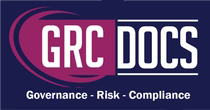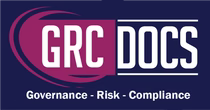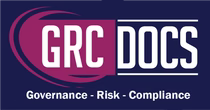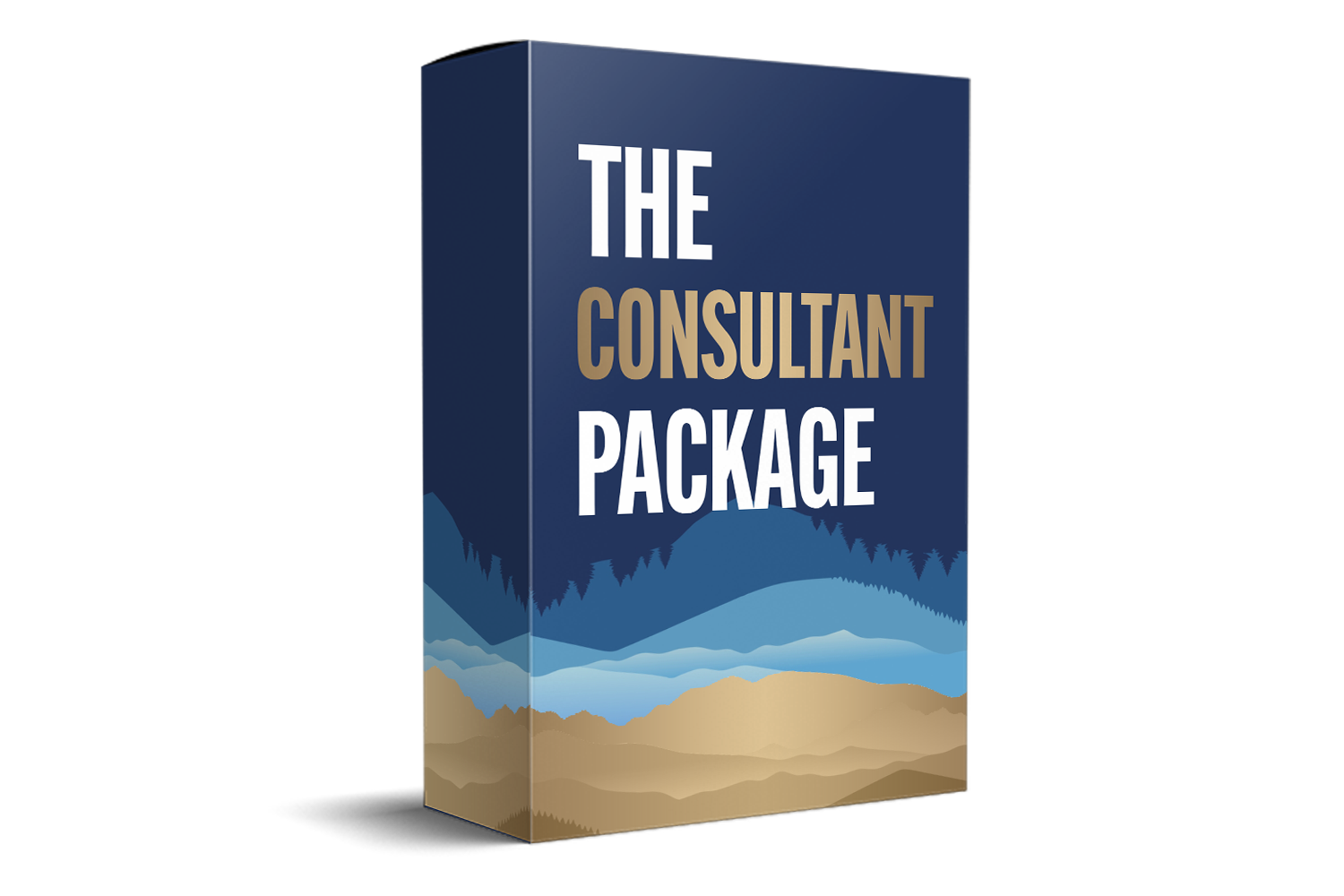SOC 2 Readiness Software Trial Test Compliance Tools Before You Commit
Introduction
In today's fast-paced digital world, managing risks and maintaining compliance is critical for businesses of all sizes. The rapid advancement of technology and the increasing reliance on data-driven decision-making have made it imperative for organizations to safeguard their data. Whether you're a startup or an established company, ensuring the security and privacy of your clients' data is non-negotiable. The stakes are high, as data breaches can lead to significant financial losses and reputational damage. One way to demonstrate your commitment to data security is by achieving SOC 2 compliance. This process, however, can be daunting without the right tools. That's where SOC 2 readiness software comes in, offering a structured approach to compliance that can alleviate the complexities involved.

The Role Of SOC 2 Readiness Software
SOC 2 readiness software is a tool designed to streamline the process of achieving SOC 2 compliance. It helps organizations assess their current security posture, identify gaps, and implement necessary controls to meet SOC 2 requirements. These tools often include features such as automated assessments, real-time alerts, and centralized dashboards that provide visibility into your compliance status. Here's how it can benefit your organization:
-
Simplifying Risk Management: Risk management can be complex and time-consuming. The dynamic nature of today's threat landscape requires constant vigilance and adaptability. SOC 2 readiness software simplifies this process by providing a centralized platform to monitor and manage risks. It offers a comprehensive view of potential vulnerabilities, enabling you to prioritize remediation efforts effectively. It allows you to easily identify vulnerabilities and track remediation efforts, ensuring that your organization is always prepared for an audit. By automating risk assessments and offering data-driven insights, these tools empower organizations to make informed decisions quickly.
-
Enhancing Efficiency: Traditional methods of achieving SOC 2 compliance often involve manual processes and extensive documentation. These manual efforts can be prone to human error and inconsistencies, leading to potential compliance gaps. SOC 2 readiness software automates many of these tasks, saving your team valuable time and resources. With features such as automated reporting, task assignment, and real-time updates, you can ensure that your compliance efforts are always up-to-date. This automation not only improves accuracy but also allows your team to focus on more strategic initiatives rather than repetitive administrative tasks.
- Improving Collaboration: Compliance is not just the responsibility of the IT department; it involves multiple stakeholders across the organization. From executives to front-line employees, everyone plays a role in maintaining a secure environment. SOC 2 readiness software facilitates collaboration by providing a shared platform where team members can access relevant information, track progress, and communicate effectively. This centralized approach fosters a culture of transparency and accountability, ensuring that everyone is aligned with compliance objectives.
Why Try A SOC 2 Readiness Software Trial?
Before investing in SOC 2 readiness software, it's crucial to ensure that it meets your organization's specific needs. The landscape of compliance tools is vast, and selecting the right one requires careful consideration. Here are some reasons why starting with a trial can be beneficial:
-
Assess Suitability: A trial allows you to evaluate whether the software aligns with your organization's goals and processes. Each organization has unique workflows and requirements, and the trial period provides a hands-on experience to test its features, user interface, and overall functionality. You can assess how well it integrates with your existing systems and whether it supports your compliance strategy. This comprehensive evaluation helps ensure that the software is a good fit for your team and can effectively support your compliance journey.
-
Measure ROI: Investing in compliance software is a significant decision. The financial implications of such an investment are substantial, and organizations must justify the expenditure. A trial helps you gauge the potential return on investment by allowing you to assess how the software improves efficiency, reduces risk, and streamlines compliance efforts. By tracking key performance indicators during the trial, you can quantify the software's impact on your operations and make data-driven decisions about its value.
-
Identify Customization Needs: Every organization has unique requirements. These requirements may vary based on industry, size, or specific regulatory environments. A trial provides an opportunity to identify any customization needs or additional features that may be necessary to support your compliance journey. By engaging with the software in a real-world context, you can determine if it requires adjustments or integrations to meet your specific needs.
- Risk-Free Evaluation: With a trial, you can explore the software without any long-term commitment. This risk-free evaluation period gives you the confidence to make an informed decision about whether to proceed with a purchase. It allows you to test the software's capabilities and performance without the pressure of a financial commitment, providing peace of mind as you explore your options.
Key Features To Look For In SOC 2 Readiness Software
When evaluating SOC 2 readiness software, consider the following features to ensure it meets your organization's needs. These features are crucial for supporting a comprehensive and effective compliance strategy:
-
Comprehensive Risk Assessment: The software should offer tools for conducting thorough risk assessments, helping you identify vulnerabilities and prioritize remediation efforts. A robust risk assessment module provides detailed insights into potential threats and weaknesses, enabling you to develop targeted mitigation strategies. It should also offer customizable risk assessment templates that align with your organization's specific needs and regulatory requirements.
-
Automated Compliance Management: Look for software that automates compliance tasks, such as documentation, reporting, and tracking, to save time and reduce errors. Automation minimizes manual intervention, ensuring consistency and accuracy in compliance efforts. The software should also offer customizable workflows that align with your organization's processes, allowing for seamless integration into your existing operations.
-
Real-Time Monitoring: Real-time monitoring allows you to stay on top of compliance efforts and quickly address any issues that arise. The software should offer real-time dashboards and alerts, providing visibility into your compliance status and potential risks. This immediate access to information enables quick decision-making and ensures that your organization remains compliant at all times.
-
User-Friendly Interface: A user-friendly interface ensures that team members across the organization can easily navigate the software and access the information they need. An intuitive design reduces the learning curve and encourages adoption, increasing the likelihood of successful implementation. The software should also offer customizable dashboards and reports, allowing users to tailor the interface to their specific needs and preferences.
- Integration Capabilities: Ensure that the software integrates seamlessly with your existing systems and tools, such as your IT infrastructure and security solutions. Integration capabilities streamline data sharing and collaboration, enhancing the overall effectiveness of your compliance efforts. The software should support a wide range of integrations, allowing for flexibility and adaptability as your organization's needs evolve.
Conclusion
Achieving SOC 2 compliance is a significant milestone for any organization committed to data security and privacy. It demonstrates a proactive approach to protecting sensitive information and building trust with clients and stakeholders. SOC 2 readiness software can simplify this complex process by providing the tools and resources needed to manage risk and maintain compliance effectively. By taking advantage of a software trial, you can evaluate its suitability for your organization, measure its potential ROI, and identify any customization needs. This informed approach ensures that you select the best tool to support your compliance journey.






